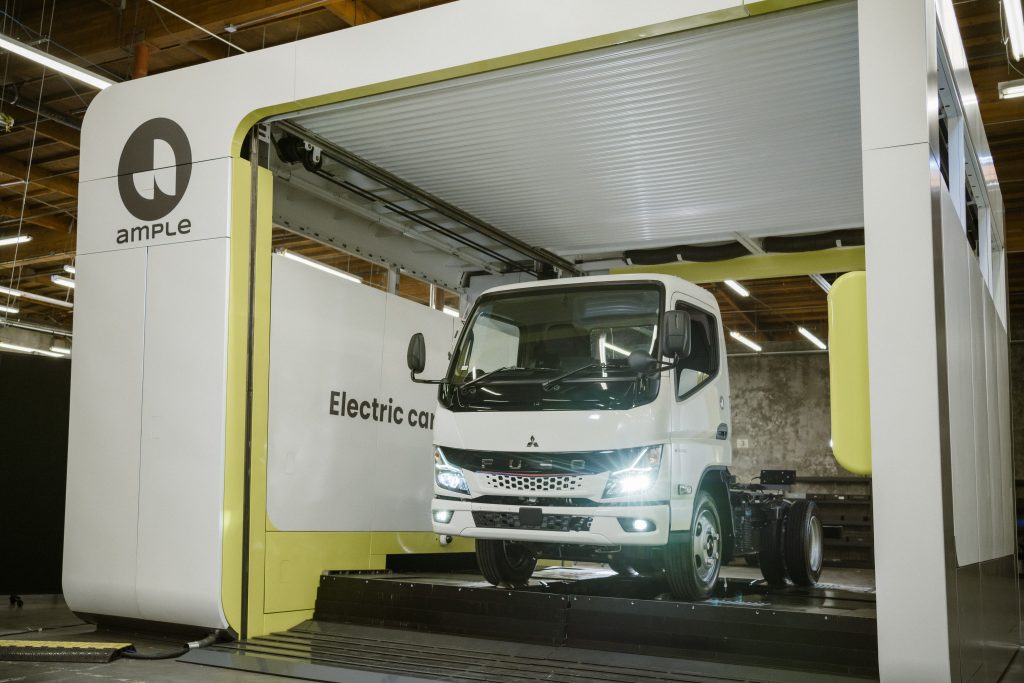Smart home solutions have changed how we perceive living as they have proved to make our lives easier by giving us an interconnected experience. So much that the smart home market is expected to grow at a CAGR of 15.8% reaching $78.7 billion in the next four years.
With one click you can choose whatever you want around you, lighting, climate control, security, you name it. However, realizing this dream isn’t that easy. On a side note, this a quick reminder that a home warranty can protect you from the high cost of unexpected bills. Hence, it is recommended to get all the systems covered in a home warranty plan. Are you wondering what is covered by a home warranty? | Cinch Home Services answers this in the simplest terms. In short, it covers repairs, maintenance, and replacement of home appliances and systems that are included in a warranty contract.
When you have several options available, from bathroom-lighted mirrors to smart security systems, locks, thermostats, and home lighting controls, the whole process becomes overwhelming. Surprisingly, with a little help you can choose what works best for your home. A little research and planning will make the smart home transition much easier for you.
Here are some potential challenges that you will likely encounter when setting up a smart home along with simple solutions:
1. What Technology You Need
The process of setting up a smart home begins with deciding which technologies you will be needing for your home. You may find several gadgets that will look cool, yet only a few will meet your requirements and budget. Choosing a smart home solution wisely will help you save a lot in terms of cost and time.
Let’s say, you want automated lights or climate control, you should start by making a list and then match products that fall within your budget. With just a little bit of research, you can drastically elevate your living experience just by making the right choice.
2. Cost Comparisons
The second step after finalizing what technologies you need will be price comparisons. To get the best possible deal for smart home systems, you would have to compare prices from different retailers.
Also, consider the entire pricing plan and not just the initial costs. Sometimes people make decisions on the initial cost while ignoring the long-term maintenance, recurring fee, and subscription costs needed for specific services.
3. Compatible Products
Choosing compatible products will provide you with a seamless experience. As you will find plenty of options for similar products, it is essential to note that you should buy products that are interoperable with other devices connected to your smart home system.
This investment will go a long way as you will be able to control multiple devices with just one app or voice command, making your experience worth every penny. Moreover, checking online reviews and product descriptions before making the purchase decision can save you a lot of trouble as you can learn about product compatibility and features.
4. Networking Components
As most of the devices are connected through Wi-Fi to function, ensuring proper network coverage around your home is necessary before installing any new gadget. For better coverage, Wi-Fi extenders and mesh routers can be a great solution. Especially, if you have large coverage areas like open spaces or multi-story homes. This will require a little extra effort to learn complex settings.
5. Power Issues
Since all the connected devices will run simultaneously, this means you will be needing more power. So, you need to plan logically as more electricity consumption will add up to your expenses quickly. However, with some simple considerations, you can manage it properly.
For starters, install eco-friendly lighting such as LEDs to avoid excessive power consumption. Similarly, when deciding on new devices, be careful about energy efficiency ratings. Additionally, choose options with built-in timers so the electronics are automatically turned off when not in use. This will drastically lower your bills, helping you in saving both money and manual intervention.
6. Security Issues
With amazing features to offer, smart home systems pose a possible threat because everything is connected through the internet, through which, hackers can manipulate and gain access.
For this reason, choose technology with additional safety measures like two-factor authentication along with robust encryption protocols. In case of a security breach through one device, two-factor authentication will not allow hackers to gain access and will provide additional security to your smart home system.
7. Automation Rules
Automation rules make a smart home system function optimally according to your choice. With these rules, you can opt for settings like temperature control or lighting levels according to certain parameters like the time of the day; you might want those specific settings for day, night, or based on occupancy.
Some extra efforts with automation rules, in the beginning, will allow you to save money and manual effort in the long run. This will help you save energy as you can predetermine the settings of lights to turn off automatically when someone leaves the room. In addition, it’s important to know that careful thinking and planning are necessary to know how these rules will work in each space of your home.
8. Learning Curves
Practice makes perfect, which means, you will be doing a lot of trial and error before enjoying a unified experience. Once everything is installed, set up the devices according to their instruction manuals.
Then begins the learning process. It is better to test out each product individually before connecting them with other devices. It’s easier to check the functions and features of a single device at a time.
9. Installation Costs
Installation may require complex wiring for connected devices. Therefore, it is better to consult a professional to avoid safety hazards. This means additional installation costs. However, to enjoy a seamless experience, professional assistance can ensure a safe and reliable installation from the get-go.
In U.S. homes, smart home automation adoption will reach more than 53.9% by the end of 2023. With such high adoption rates, making the right choice will add more value to your living space. It is important to understand the direction our world is heading in, and instead of being in a state of technological shock, it’s important to move with the tide of technology and adapt accordingly.






